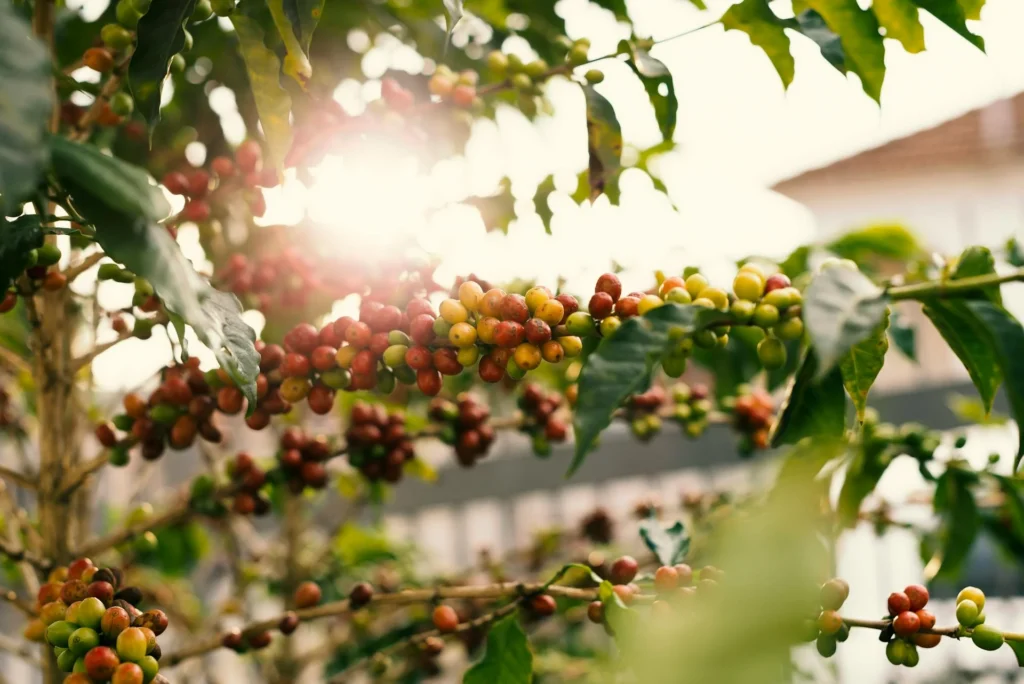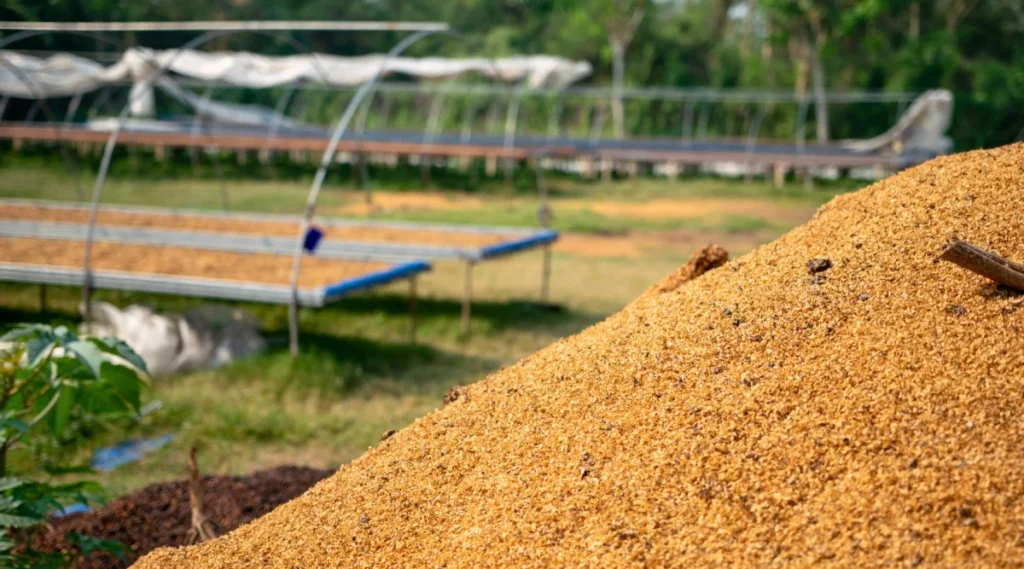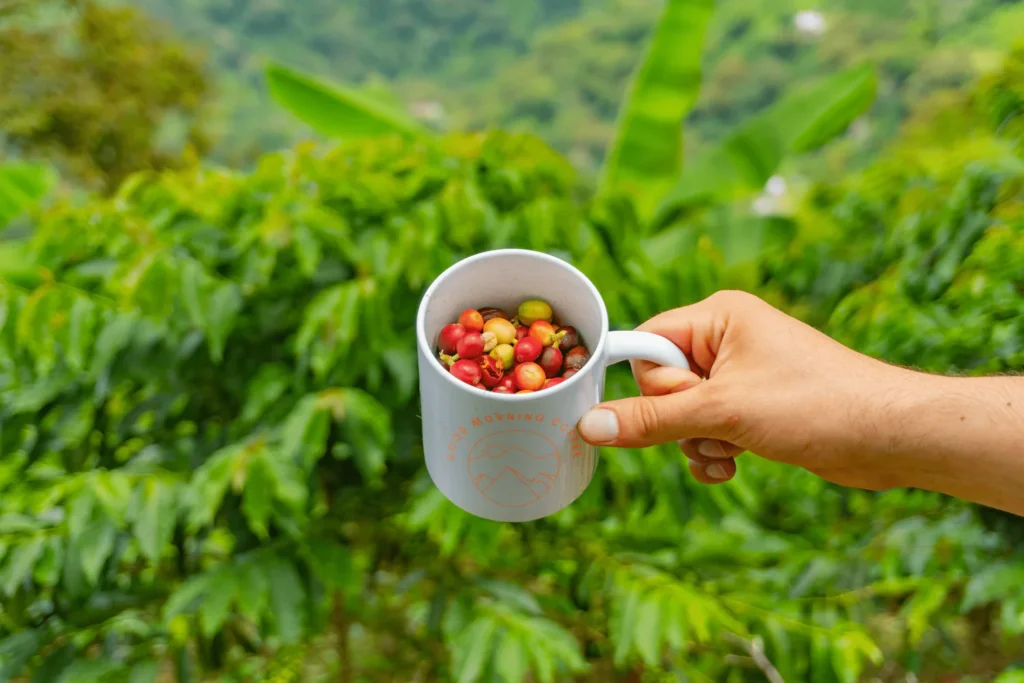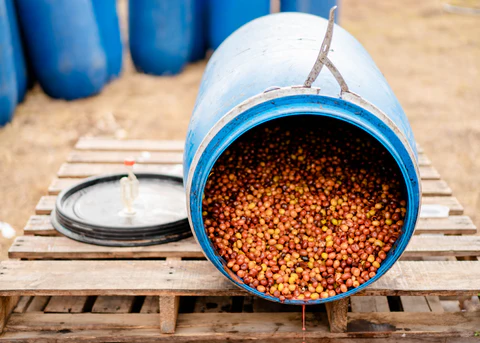When it comes to espresso, few debates are as persistent, and as polarizing as medium vs dark roast. While dark roast espresso has dominated for decades (thanks to Italian traditions and its bold, crema-rich style), the rise of specialty coffee has ushered in a new appreciation for medium roasts that preserve origin character and balance.
So which is better? The truth is: it depends on what you’re looking for.
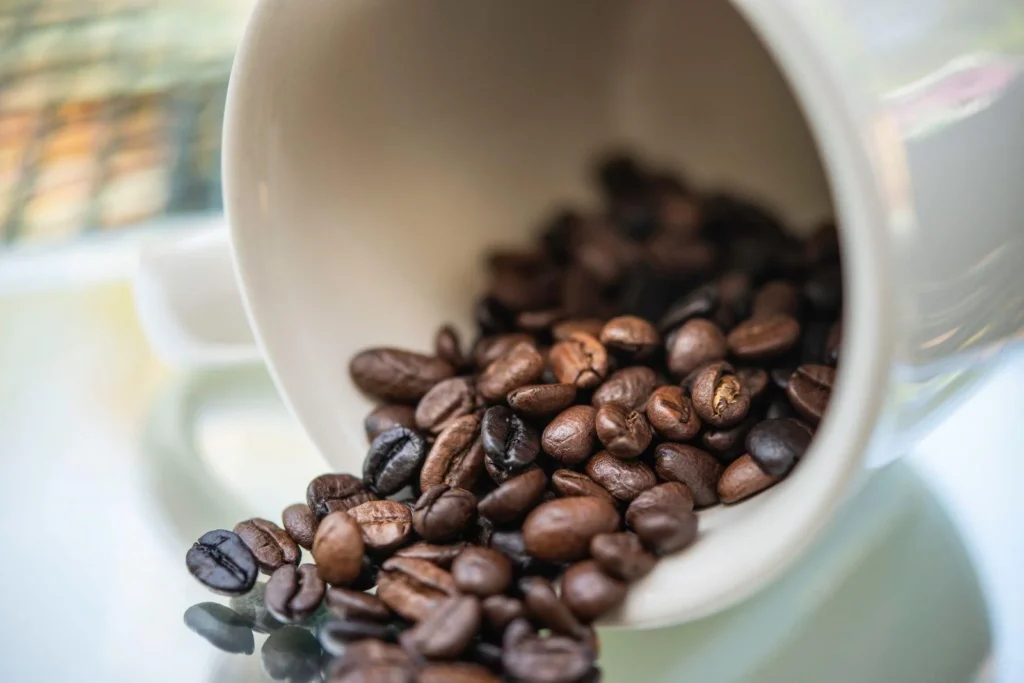
In this guide, we break down the key differences between medium roast vs dark roast for espresso, including flavor, extraction behavior, mouthfeel, and use cases.
Roast Development Basics: What’s the Difference?
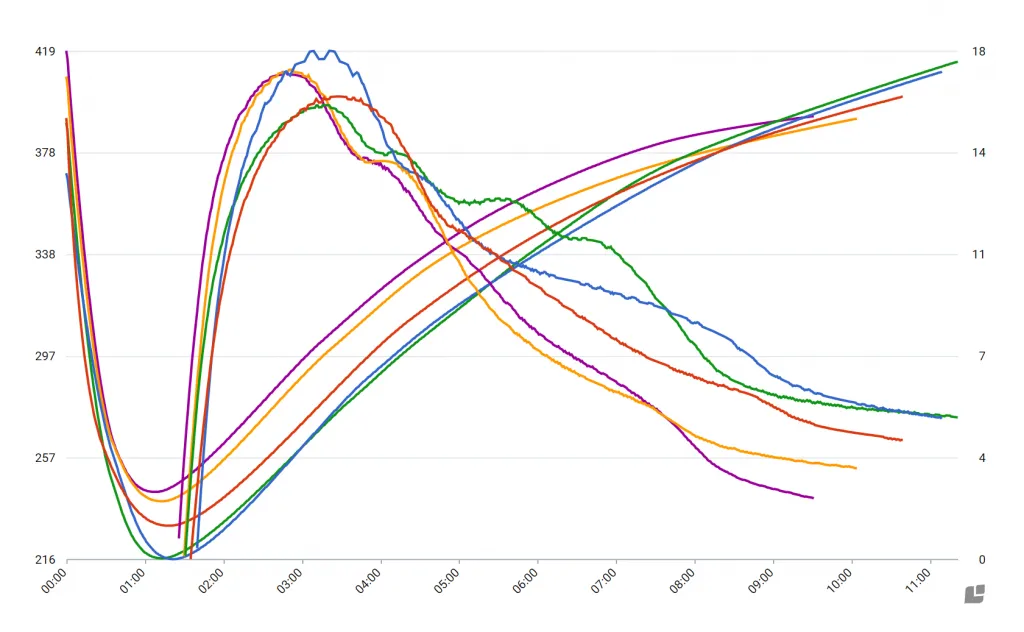
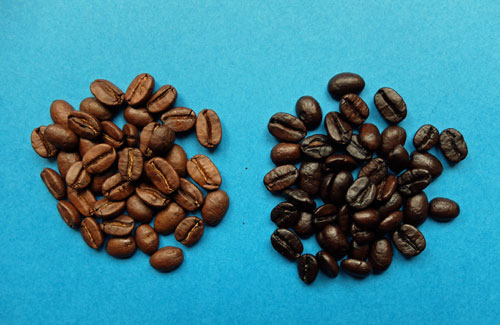
- Medium Roast: Typically roasted to ~410–430°F (210–221°C). Internal development allows sweetness and acidity to balance out without heavy roast flavors.
- Dark Roast: Roasted beyond second crack, above ~440°F (227°C). Roast flavors dominate—bitterness, smokiness, and less acidity.
The further you roast, the more you mute the bean’s origin-specific flavors, and enhance roast-derived characteristics.
Medium Roast vs Dark Roast Flavor Differences in the Cup
Before we get into espresso specifics, let’s clear up what actually makes a roast “medium” or “dark.”
- Medium Roast: Beans are roasted to a point where acidity balances with sweetness. You’ll get more origin flavors (like fruity, floral, or nutty notes). The color? Medium brown.
- Dark Roast: Beans are roasted longer and hotter. Most origin character is roasted out, replaced by deep, smoky, chocolatey, or even ashy flavors. Dark, oily surface. Think French Roast or Italian Roast.
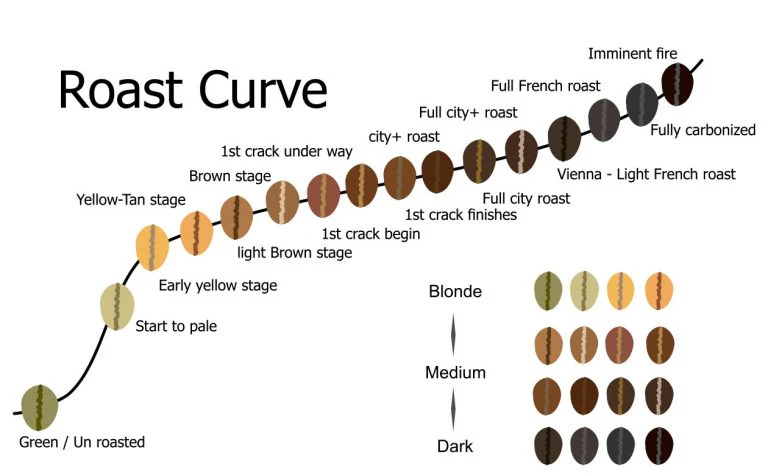
Medium Roast Espresso
- Sweetness: Caramel, brown sugar
- Acidity: Balanced, citric or malic
- Mouthfeel: Creamy but clean
- Flavor clarity: Preserved (origin-driven)
- Finish: Clean, sometimes fruity
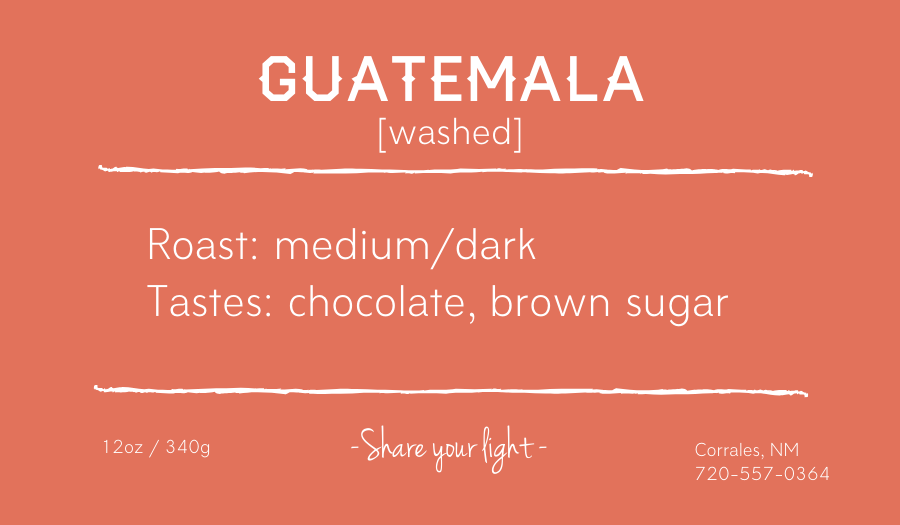
Dark Roast Espresso
- Sweetness: Burnt sugar, molasses
- Acidity: Low to none
- Mouthfeel: Heavy, syrupy
- Flavor clarity: Diminished (roast-driven)
- Finish: Bitter-sweet, smoky
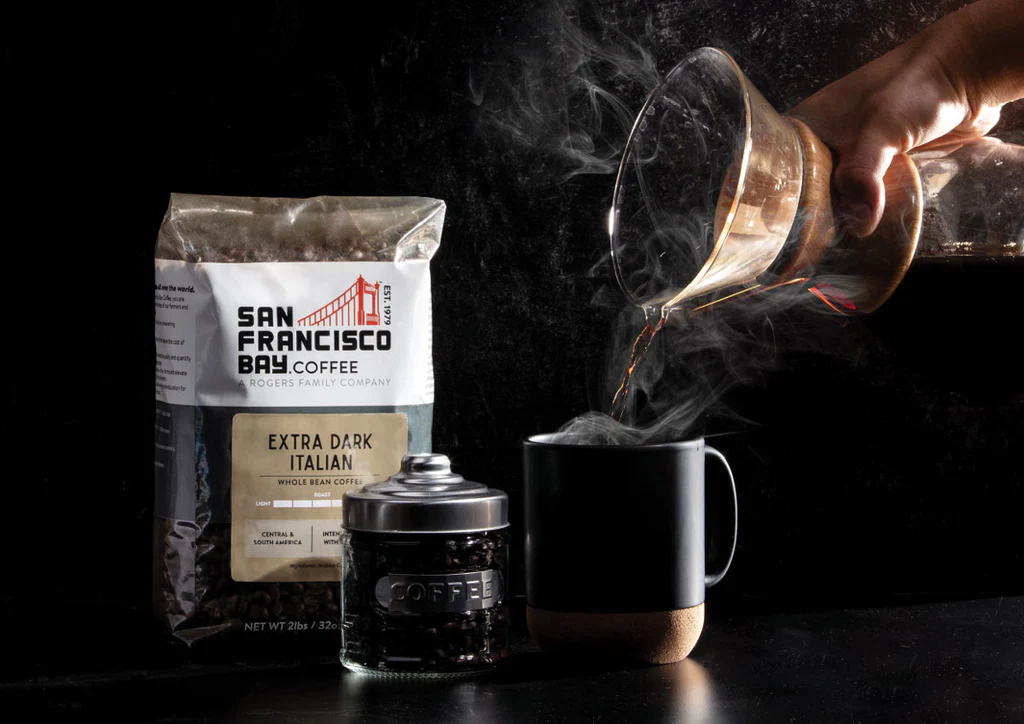
How Roast Level Affects Espresso Flavor
Let’s talk about what happens when you toss those beans in the portafilter and hit that brew button.
Medium Roast Espresso
- Flavor Notes: Bright, complex, with noticeable acidity (not sour, just vibrant). You might taste fruit, nuts, or florals depending on origin.
- Crema: Tends to be thinner but more nuanced.
- Best For: Sipping straight, fans of “third wave” coffee, people who enjoy variety.
- Downside: Less consistent. Can be a bit too wild for traditional espresso lovers.
Dark Roast Espresso
- Flavor Notes: Bold, bitter, chocolaty, smoky. If you like a punch in the tastebuds, this is it.
- Crema: Thick and rich. Instagram-worthy.
- Best For: Lattes, cappuccinos, traditional espresso fans.
- Downside: Can taste flat or burnt if overdone. Origin flavors are basically gone.
Extraction Behavior: Medium vs Dark Roast
Roast Solubility Grind Time Pressure Sensitivity
Medium Moderate Med-fine 27–30 sec Moderate
Dark High Coarser 25–28 sec Sensitive to over-extraction
- Dark roasts extract faster and are prone to channeling if tamp or grind is inconsistent.
- Medium roasts allow more headroom, especially in single-origin espresso.
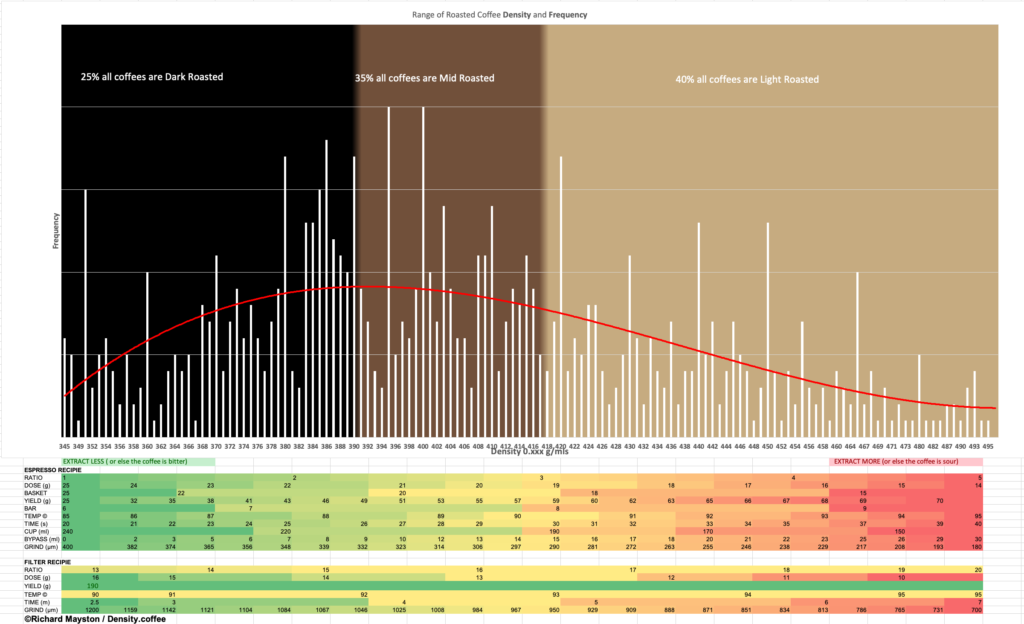
Crema, Body & Visuals
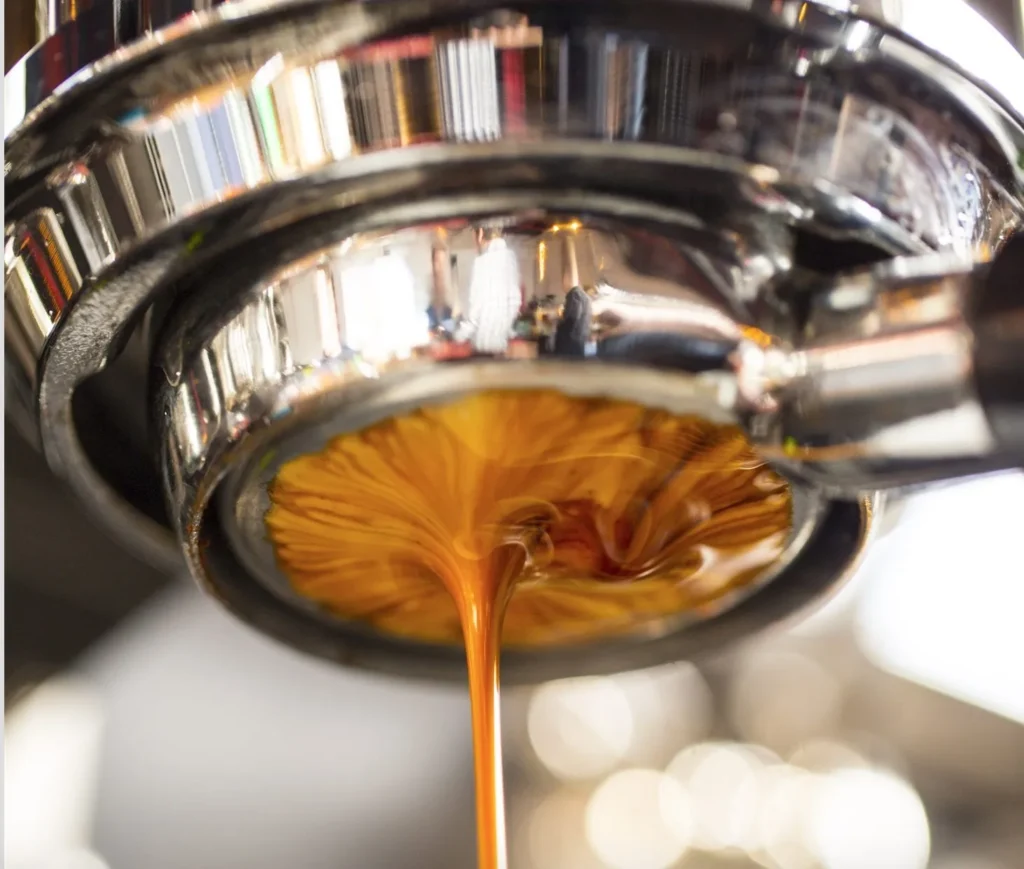
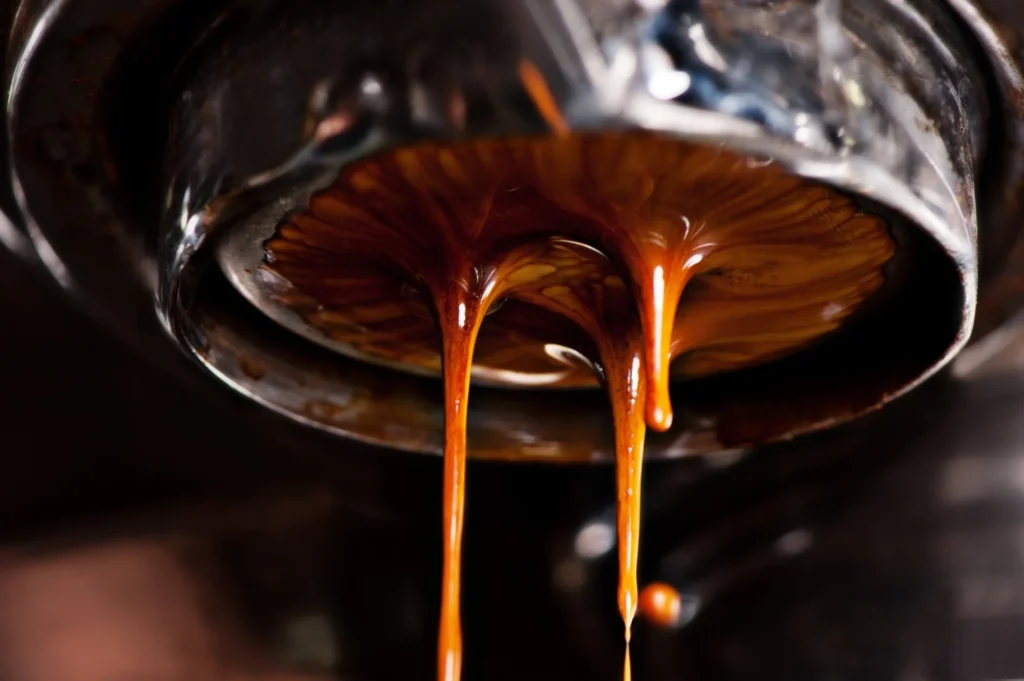
Medium Roast
- Crema: Golden, lighter, finer bubbles
- Body: Smooth, moderate
- Color: Reddish-brown
Dark Roast
- Crema: Thick, brown to tan, more bubbles
- Body: Syrupy, heavier mouthfeel
- Color: Deep brown to black
Which Roast Is Better for Milk-Based Drinks?
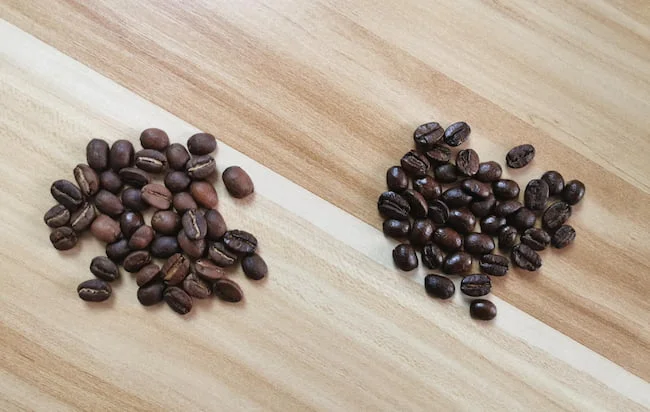
- Medium Roast: Offers sweet, nuanced lattes, good for those who want to taste coffee character with milk
- Dark Roast: Cuts through milk with boldness—ideal for classic cappuccinos and flat whites
If your shop or home setup is milk-forward, dark roast may provide a more dominant flavor, while medium roast will offer a more balanced, elegant drink.
Shelf Life and Freshness
- Medium roasts generally age better—they retain aromatics longer if stored properly.
- Dark roasts degas faster and can stale quickly—best used within 10–14 days after roast.
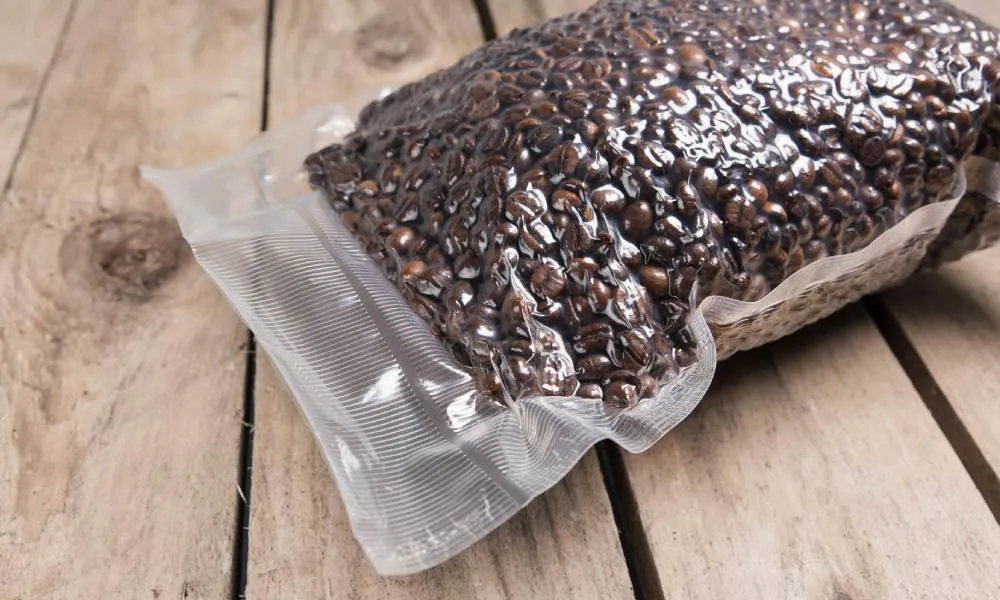
Choosing Based on User Preference

- Coffee Lover Type Best Roast
- Traditionalist Dark Roast
- Specialty explorer Medium Roast
- Milk drinker Dark or medium-dark
- Fruit/chocolate balance seeker Medium
- Quick, punchy espresso Dark Roast
Final Thoughts: Medium or Dark? Choose Your Weapon
There’s no right or wrong—just different styles for different drinkers. Want bold, bitter, heavy crema espresso? Go dark. Want more sweetness, clarity, and origin expression? Medium is your friend.
If you really want to dial in your espresso program—stock both. Use medium roasts for connoisseurs and purists, and dark roasts for crowd-pleasers and milk-based orders.
Written by Jose Luis Surjan
Espresso & Latin Food Expert

